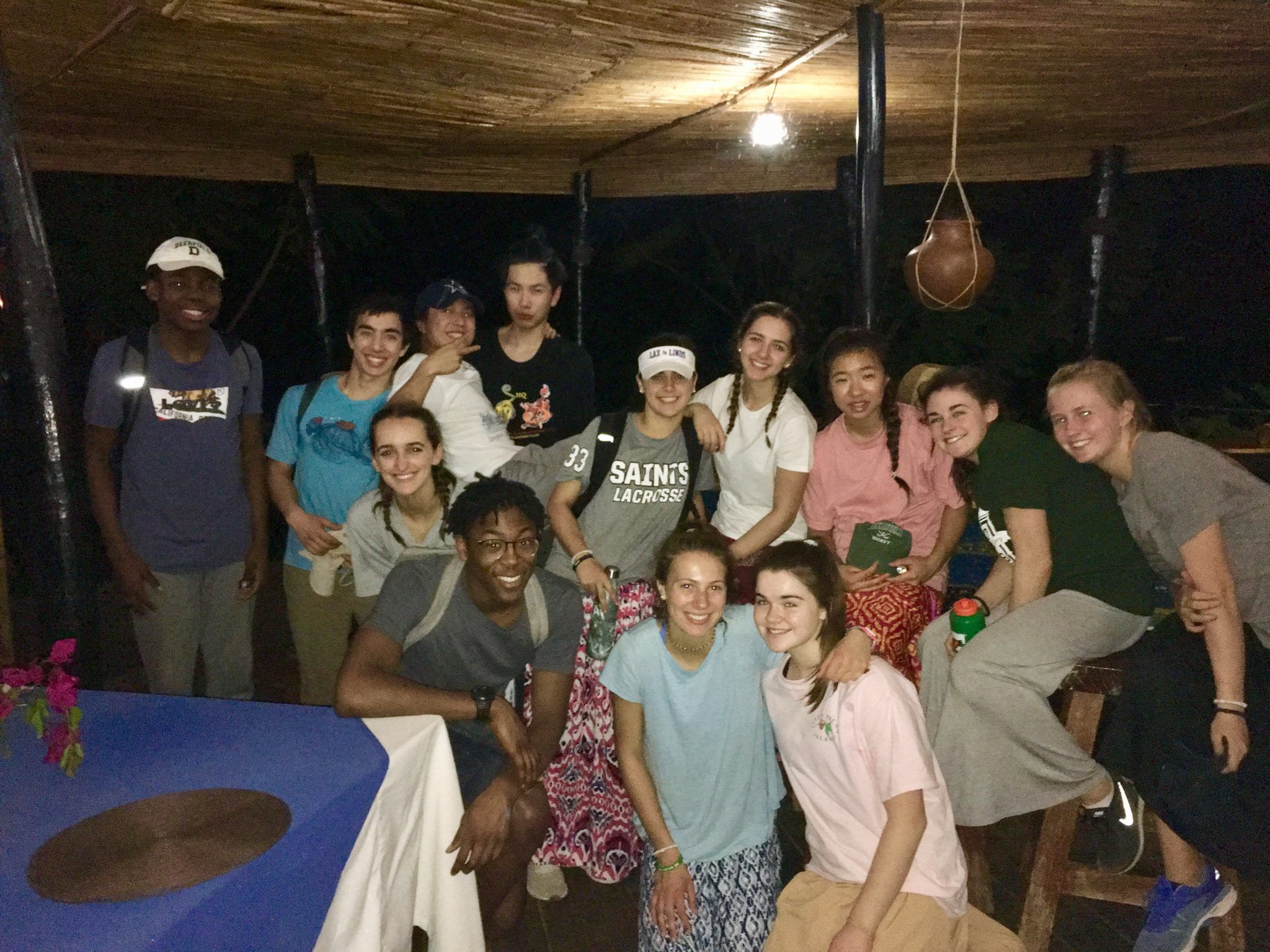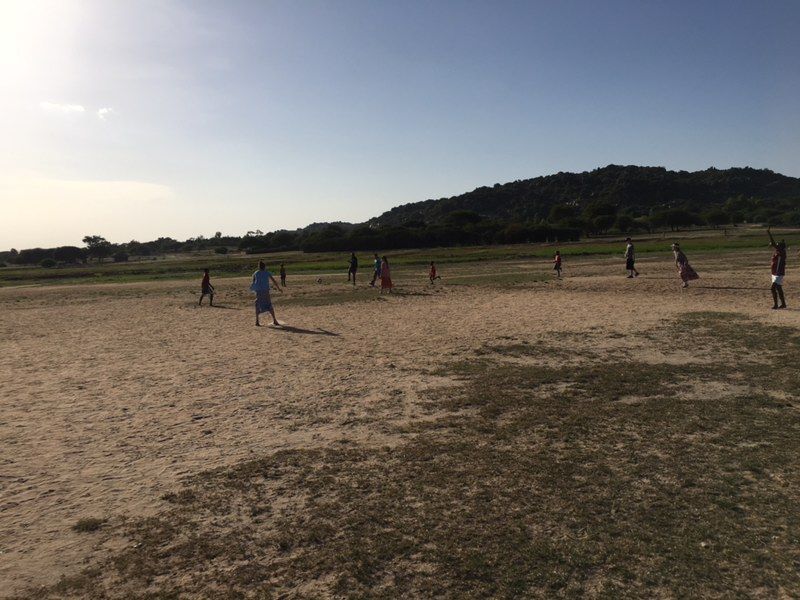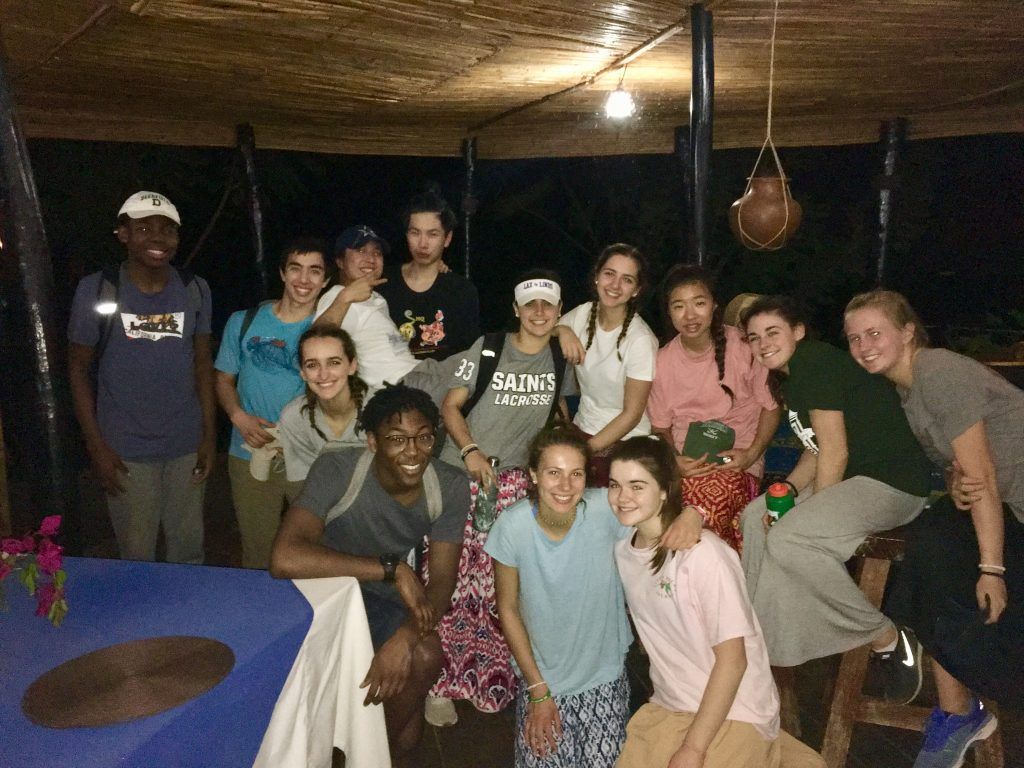Mason Zhao ’20 comes to realize the issues that lack of transportation poses to school children in “rural Tanzania,” and the importance of an “integrated community.”
Four A.M. wake-ups call for six A.M. runs. With the guidance and support of our truly beloved Jonas, seven of us—Mr. Toby, Christina, MB, Michael, Jeffrey, Nathan, and I, went on a morning jog. In addition to noticing how unfit we had become after a truly grueling exam season, two aspects made this jog particularly unique. The first instance occurred around the second mile. While running in the eastward direction, we faced a perfectly picturesque view of a sunrise—in the span of three minutes, the sun had completely risen above a steep hill. A combination of birds flying in the distance, cows grazing through yellow-green plains, and the glaring sun created an inspirational setting for our run. Furthermore, this exact scene is what I imagined throughout my childhood as an ideal landscape, and looking at it in real life was a surreal experience for the entire group of joggers.
The second instance occurred during our final mile. While running back to our Guest House, a group of forty or so primary-school students joined us to create a Forrest Gump-esque scene. These kids, dressed in monotone uniforms of black and green, managed to stay with us for the final duration while hauling pounds of books in their backpacks. This fact of matter attests to our aforementioned lack of fitness and impressive endurance the students had developed. However, we were soon to learn from Jonas the brevity of their situation. Lack of transportation to nodes of education exists as a significant threat to rural Tanzania. In many cases, such as those of the kids we jogged with this morning, students walk upwards of ten miles to get to school. This is concerning, not only due to the lackluster conditions of roads and the dangers that exist for an elementary schooler to walk around twenty miles daily, but also because fear of safety causes parents to pull their kids out of school, which increases illiteracy rates and exacerbates extreme rural poverty. The Mainsprings organization is working extremely diligently to mitigate these effects, mandating initiatives such as funding school buses for all schools in the vicinity. Further initiatives must still be implemented to improve conditions, as school buses are still crowded and not all students have that accessibility.
In the end, we dropped the kids off to school and continued running back to the Guest House. The rest of the day was filled with excitement. More interactions occurred with students at the Joseph and Mary School, including a midday snack which eventually procured to me, Addie and Christina getting distracted from our community service and sending the primary school children back to class. During after school clubs, we played futbol with members of the local community and Mainsprings girls. I scored a hat trick to secure the win for my team, and might consider turning pro. The infatuation of futbol as part of rural Tanzanian culture also intrigued me. In a whole-school poll, every member of the Joseph and Mary School seemed to have an opinion on Yanga or Simba—the two best teams in the Tanzanian Premier League. The existence of this game as a culture fuses the community to an integrated community.
The night ended with dinner at Papa’s, and we’re excited for what we have set for tomorrow!


